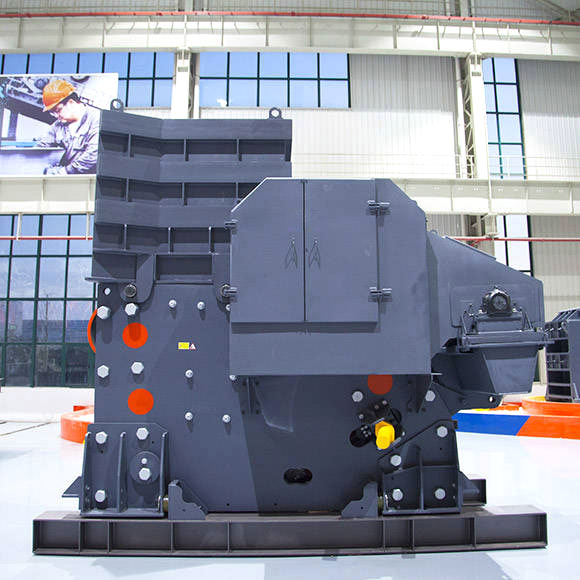A rock jaw crusher is a versatile and commonly used equipment in mining, construction, and aggregate production. It is designed to crush various types of rocks and materials, including granite, basalt, limestone, and more, into smaller sizes suitable for further processing. The capacity and size of a jaw crusher are crucial factors in determining its effectiveness and efficiency for a specific application. Here’s a detailed breakdown of these factors:

Capacity of a Rock Jaw Crusher
The capacity of a rock jaw crusher refers to the amount of material it can process per unit of time. This is typically measured in tons per hour (TPH) or cubic meters per hour. Several factors influence the capacity, including:
- Feed Size: The size of the raw material that the crusher is processing directly impacts its capacity. Larger feed sizes tend to slow down the crushing process, as the crusher needs to exert more force to break down larger rocks.
- Crusher Design: Different designs of jaw crushers have varying capacities. For instance, a larger single-toggle jaw crusher or a double-toggle jaw crusher can process larger quantities of material than a small or medium-sized model.
- Feed Material Characteristics: The hardness, abrasiveness, and moisture content of the material being processed affect the crusher’s capacity. Harder materials require more power to crush and, therefore, reduce capacity.
For example, a small jaw crusher might have a capacity of about 1-15 tons per hour, while larger models can handle 500 tons per hour or more. The production capacity of jaw crushers is typically quoted in terms of tons per hour and can range from a few tons per hour in small models to more than 1000 tons per hour in high-capacity machines.
Size of a Rock Jaw Crusher
The size of a jaw crusher refers to its dimensions and the size of the feed material it can handle. Jaw crushers are generally available in a wide range of sizes, with the most common measurements being the width of the feed opening and the depth of the feed chamber. These specifications can give an idea of the material size it can process.
- Feed Opening Size: The feed opening size of a jaw crusher typically ranges from 250mm to over 1,500mm. The feed opening is the opening at the top of the jaw where material is fed into the crusher. Larger feed openings are suitable for crushing larger pieces of rock or ore.
- Jaws and Crushing Plates: The crushing area is the part of the crusher where the material is compressed between the fixed jaw and the moving jaw. The depth of the jaws affects the size and type of material that can be crushed. A larger jaw depth provides more space for crushing and is suitable for larger rocks.
- Feed Opening: This is the maximum size of material the crusher’s jaws can accommodate. Jaw crushers are usually classified by their feed opening, which is measured in inches or millimeters. For example, a “24×36” jaw crusher means the feed opening is 24 inches wide and 36 inches long.
- Output Size: The output size of crushed material is also critical and can range from 6mm to over 100mm, depending on the model. Jaw crushers can be configured to produce different output sizes, typically controlled by adjusting the distance between the jaws (the closed side setting). This allows operators to customize the final product based on the needs of the application.
In summary, the capacity and size of a rock jaw crusher are determined by the design of the machine, its feed opening, jaw gap settings, motor power, and the reduction ratio. By selecting the right size and capacity for the material being processed, operators can ensure efficient performance and productivity from their jaw crushers.
